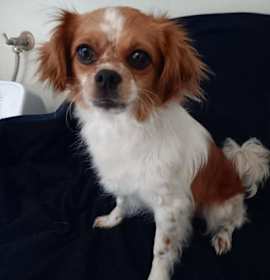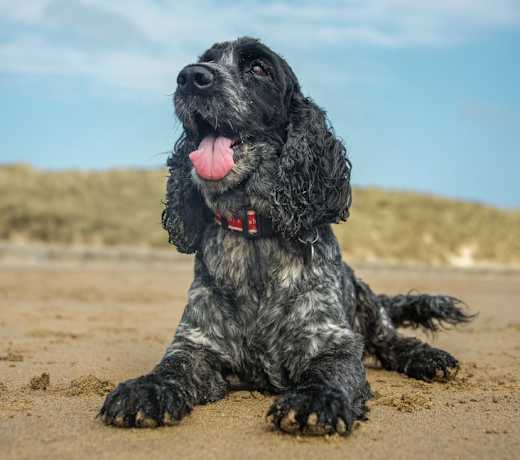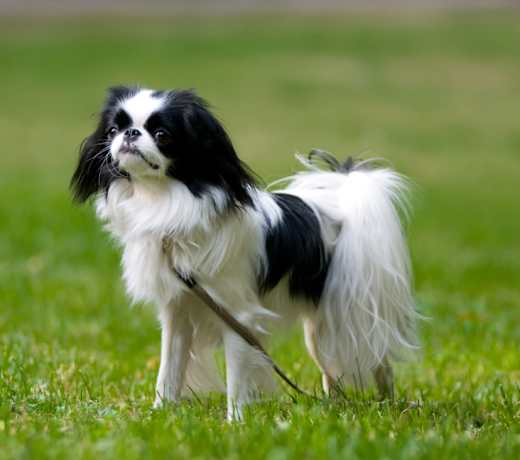The cost to adopt a Cavalier King Charles Spaniel is around $300 to cover the expenses of caring for the dog before adoption. You can adopt a Cavalier King Charles Spaniel at a much lower cost than buying one from a breeder.
In contrast, buying Cavalier King Charles Spaniels from breeders can be prohibitively expensive. Depending on their breeding, they usually cost anywhere from $1,800 to $3,500.










